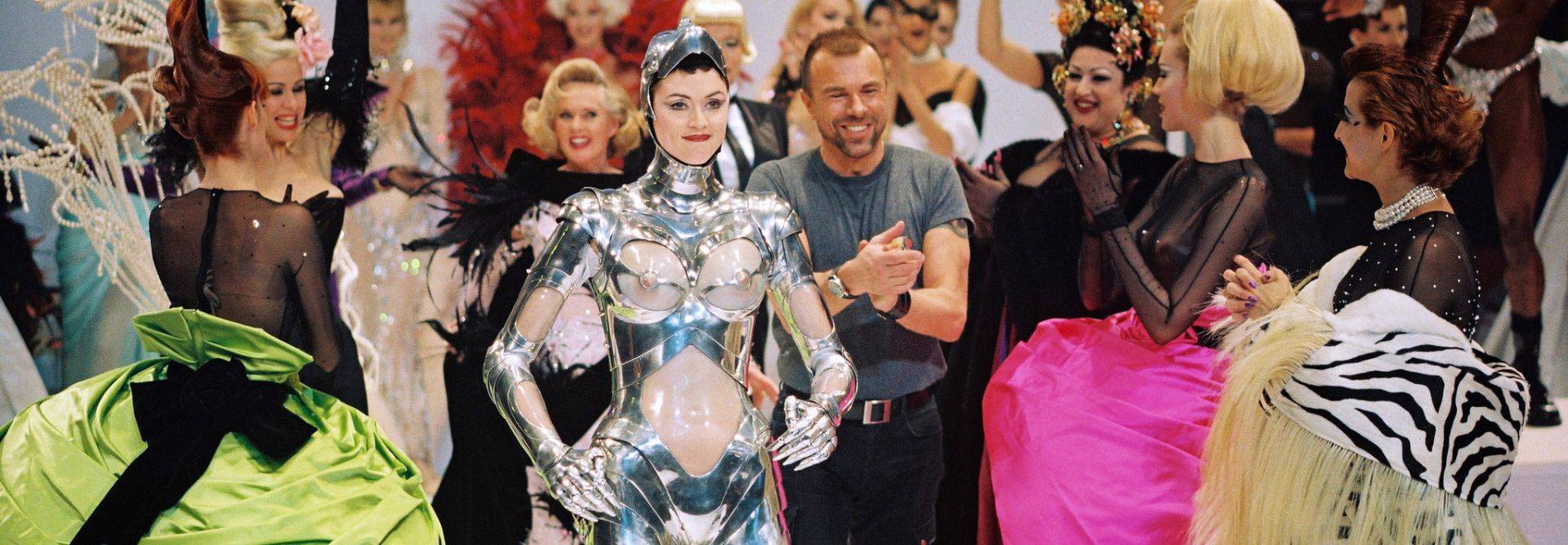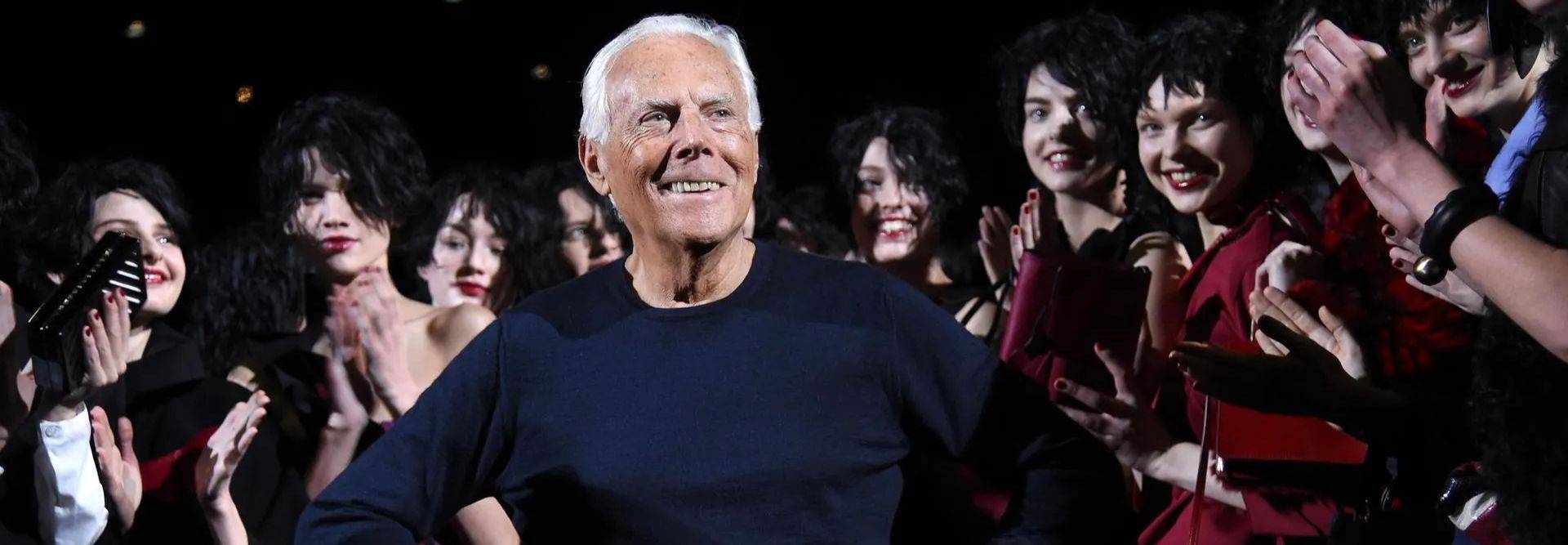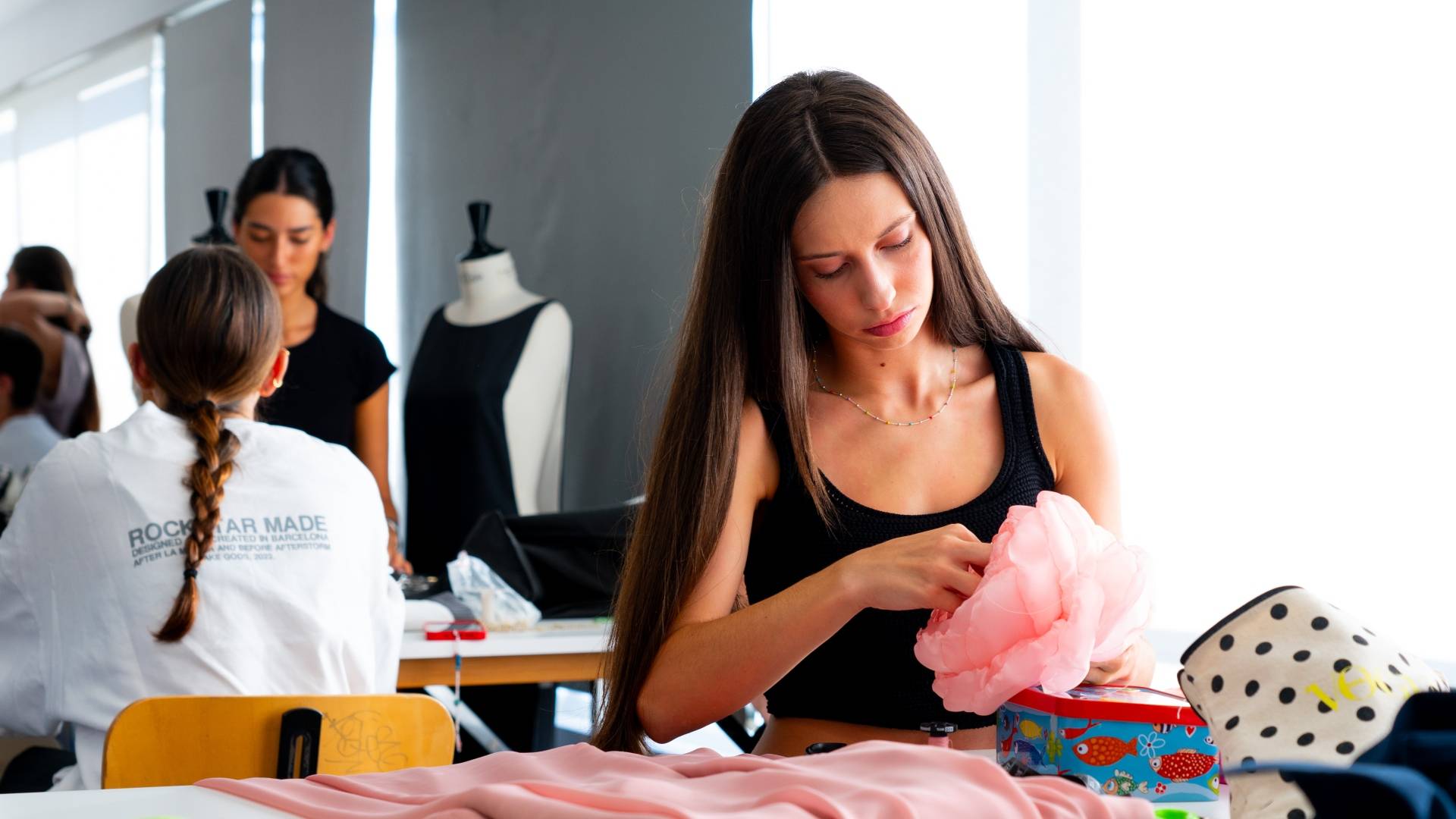6 keys to fashion marketing
Fashion marketing is an exciting and evolving discipline that combines creativity, strategy and a deep understanding of the consumer to build brands that capture the market's attention. In the digital age, where trends change rapidly and consumers demand authenticity and personalisation, understanding the keys to fashion marketing is essential to success. In this article we will discuss the main strategies in this industry and how the Bachelor in Fashion Management and Communication will give you the theoretical and practical foundations to work in this area.
Discover the 6 key strategies in fashion marketing
1. Know your audience: consumer analysis and segmentation
In fashion marketing, one of the first fundamental steps is to thoroughly understand who the target consumer is. Fashion brands must segment their audience based on demographic, geographic and, especially, psychographic criteria, which allows them to understand their tastes, values and buying behaviour.
For example, sustainable fashion consumers seek transparency and ethical values, while luxury fashion consumers value exclusivity and quality. The ability to segment your audience allows you to target personalised and effective messages, one of the most important foundations for success in any marketing strategy.
2. Build an authentic and consistent brand identity
Brand identity is the essence of any fashion brand and represents its values, mission and vision. To connect emotionally with the consumer, it is essential to build a strong and consistent brand image across all channels. This ranges from the choice of colours, logos and visual style to the tone of voice used in communication.
Brands such as Chanel or Nike, for example, stand out because they have managed to create an unmistakable identity that represents luxury and sport, respectively. This consistency helps consumers associate specific values and attributes with the brand, increasing loyalty and the perceived value of the products.
3. Implementing a digital marketing strategy
With the growth of social media and e-commerce, digital marketing has become one of the main pillars for fashion brands. An effective digital strategy should encompass various channels such as social media, email marketing, digital advertising and SEO.
*Social Media: Instagram, TikTok and Pinterest are key platforms in fashion. Brands should leverage them to create compelling visual content, generate engagement and use strategies such as storytelling to connect emotionally with followers. TikTok, for example, allows for challenges and collaborations with influencers, which helps brands connect with younger audiences and create viral content.
*Email marketing: Well-targeted email marketing campaigns can generate loyalty and repeat sales. Personalising emails to the consumer's interests, offering exclusive promotions and remembering items in the cart are effective tactics.
*SEO and e-commerce: Increasing brand visibility in search engines is essential to drive organic traffic. Content strategies, such as blogs or optimised product descriptions, can position the brand at the top of search results, attracting new customers.
4. Storytelling: create a captivating narrative
Fashion is not just about clothes, it's about stories. Brands that are able to connect with their audiences through compelling storytelling have higher levels of engagement and loyalty. In fashion storytelling, the focus is often on conveying an emotional story that reflects the brand's values and how its products fit into the consumer's life.
For example, a sustainable brand may tell the origin of its materials and how they contribute to the environment, while a sports fashion brand may show stories of achievement and accomplishment through its garments. This technique helps to create an emotional connection and make the customer not only buy a product, but feel part of the brand's story.
5. Collaborations and influencer marketing
Collaborations and partnerships with influencers are a key strategy in fashion. Partnering with influencers and brand ambassadors allows products to reach a wide and targeted audience, leveraging the reach and credibility of these opinion leaders.
Influencers can present the brand in an authentic and relatable way, which builds consumer trust. In addition, collaborations with other brands or designers, such as Adidas and Kanye West to create the Yeezy line, can greatly enhance a brand's reach, generate exclusivity and open up new niche markets.
6. Commitment to sustainability and social responsibility
Sustainability is no longer a passing trend but a permanent demand in fashion marketing. Today's consumers expect brands to take responsibility for the environmental and social impact of their operations. As a result, many companies have adopted sustainable and transparent practices and are using content marketing to educate consumers about their practices.
Communicating these efforts through awareness campaigns, eco-labels and an ethical production chain canincrease customer loyalty and enhance brand image. Furthermore, committing to sustainable practices not only benefits brand image, but also contributes to reducing the environmental impact of the fashion industry.
7. Omni-channel experiences and customer personalisation
In fashion today, consumers are looking for seamless and integrated shopping experiences between physical and digital channels. This is known as an omni-channel strategy and allows brands to connect with the consumer at different touchpoints, providing a seamless shopping experience. Touchpoints can include physical shops, website, social media and mobile apps.
Personalisation is another strategy that enhances the customer experience and builds loyalty. Using browsing and previous purchase data, brands can recommend specific products or send personalised offers, making the consumer feel that the brand is tailored to their tastes and needs.
8. Point-of-sale innovation and customer experience
The physical point of sale remains crucial in fashion, as it gives customers the opportunity to interact with products and the brand in a tangible way. Incorporating technology elements in-store, such as smart mirrors or virtual fitting rooms, can make the shopping experience more engaging and novel.
In addition, personalisation of the in-store experience, such as stylist advice or the ability to reserve products online and pick them up in-store, offers added value and builds customer loyalty. The in-store experience should make customers feel valued and cared for, which increases the likelihood of purchase and retention.
UDIT's Bachelor's Degree in Fashion Management and Communication
UDIT's Bachelor's Degree in Fashion Management and Communication is designed to give you a solid grounding in the fashion industry from a management, communication and marketing perspective. UDIT is the leading university in higher education in Fashion, being the first to implement this university degree in Spain.
In the first year you will be introduced to the keys to fashion management, marketing and communication (journalism and criticism), understanding the global phenomenon of fashion, both from a historical and sociological point of view. You will also begin to familiarise yourself with the workings of this powerful industry and the importance of sustainability.
In the second course you will learn the digital tools for communication (design, video, composition, retouching...) and the keys to understanding brand communication. You will also begin with the study of trends, market research, psychology, consumer behaviour and the impact on the environment.
In the third course you will develop a fashion film, you will be professionally trained in fashion photography, styling and art direction. You will experience how to successfully communicate a collection created by your own Design colleagues within the Mercedes-Benz Fashion Week calendar, and you will understand how retail and luxury marketing works.
The final year is the year of maximum specialisation, dealing with strategic marketing management, marketing plans, on and offline communication, window dressing and putting into practice what you have learnt, contributing value to companies and demonstrating it in the final degree project that you will present to professors and fashion professionals.
Through an updated and innovative curriculum and a learning by doing methodology you will become an expert in fashion management and communication, being prepared to work in the areas of communication and marketing, art and design, management and consultancy as a content manager, fashion editor, marketing manager, disseminator, showroom manager, producer and director of events and fashion shows, stylist, product manager, brand manager, quality and sustainability controller or retail manager, among others.
What doI need to study if I want to work in a fashion magazine?
Your professional profile will be more competitive and adapted to current needs if you decide to study in bilingual mode(Spanish-English). During the four years you will live unique experiences participating in events and fairs such as Mercedes Benz Fashion, Fashion Revolution or MOMAD, and attending masterclasses and workshops with companies and professionals in the sector.
More information
Degree in Fashion Management and Communication
What bachelor's degree do you need to study Fashion Management and Communication?
About Fashion: Fashion and Communication Meetings
If what you like is pattern making and tailoring, you might be interested in the Degree in Fashion Design.









